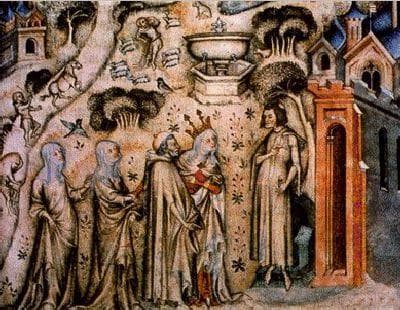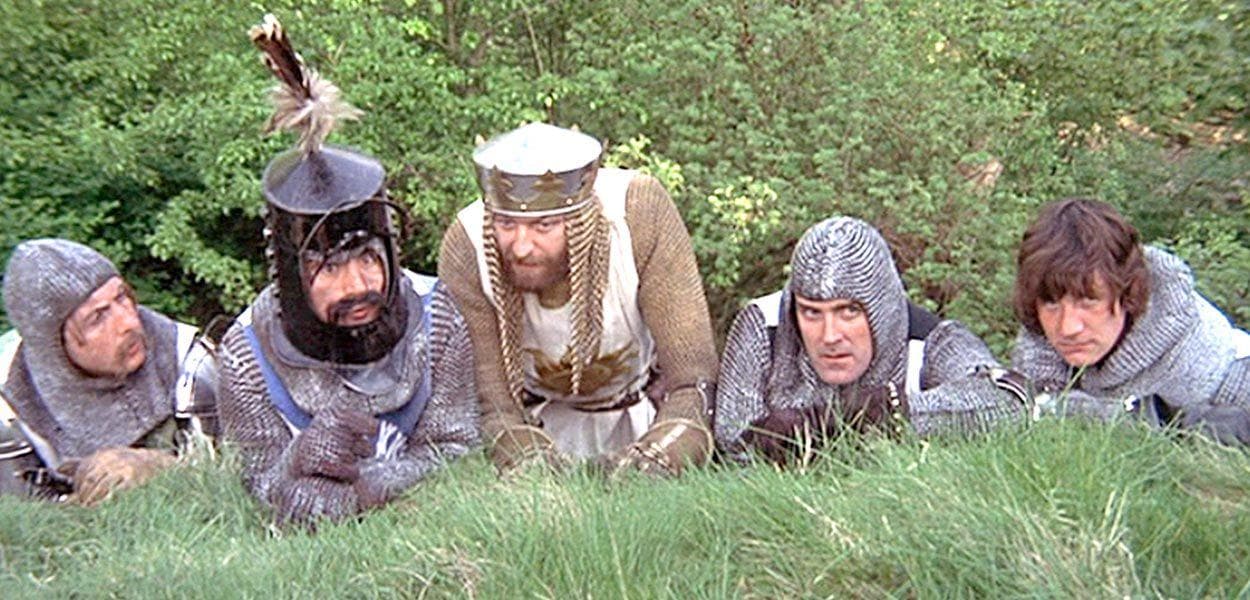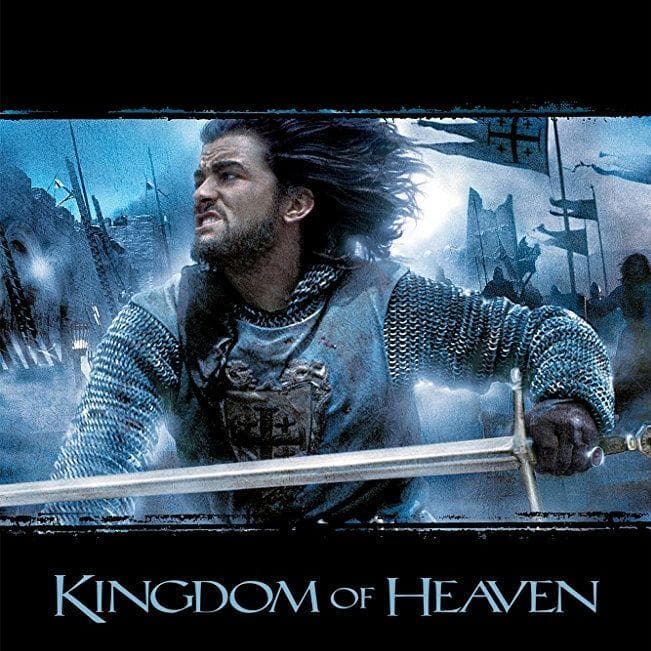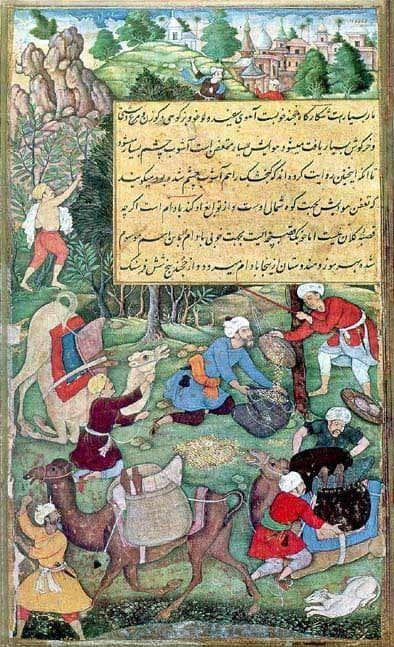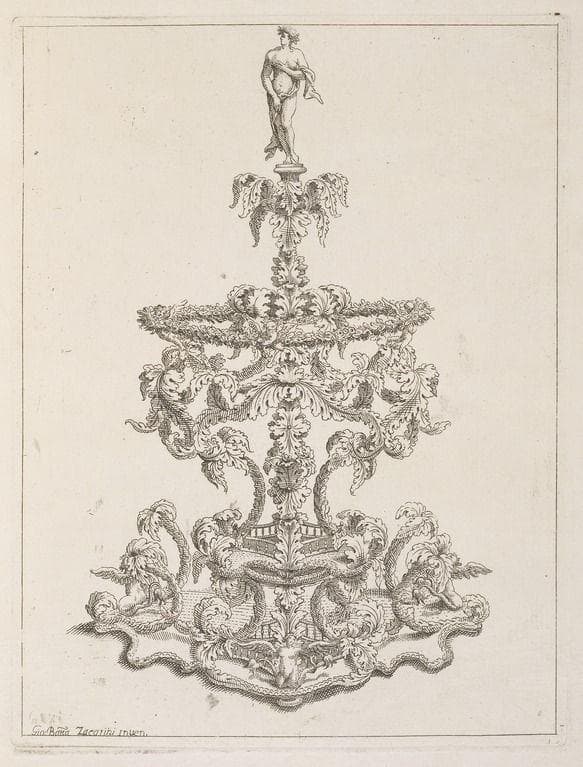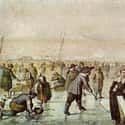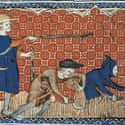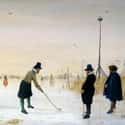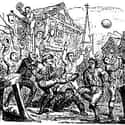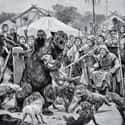(#10) Ice-Skating Was Dangerous Fun
Back in the day, ice-skating was hardcore. It didn’t start out as something people did for fun. In places like Finland where it was snowy and icy for a lot of the year, people needed a way to get around and do important things like hunting, so learning to ice-skate was necessary for survival. Even once it reached places like England and people started ice-skating for pleasure, it wasn’t all fun and games.
One chronicler wrote that skaters often crashed into each other, and if you fell head first on the ice you would most likely lose some skin. But it got worse: it was all too common for people to wind up with broken limbs when they came crashing down.
Obviously they weren’t using nice metal skates like we have today, but instead they attached carved bones to shoes with leather cords which worked almost as well, strangely enough. That’s because animal bones have their own natural wax and an oily external surface that allows for surprisingly good skating.
People would use poles to push themselves around on their skates, and sometimes those poles would become ice-jousting equipment. Anything to make a fellow skater fall on their face.
(#9) Jousting With the Intent of Hurting People
- Musical Album
Peasants weren’t allowed to participate in actual jousts, but they thumbed their noses at the aristocracy and made up their own version. Forget horses - that was too easy - this jousting was done on boats.
Water jousting was huge in the Middle Ages, with people all over Europe playing it. You and your mates would meet up at the river, often as part of a festival, and get in two long, thin rowboats. Most of them manned the oars, while the jouster stood up at the front of the boat holding a pole. The boats would come at each other and the goal was to knock down the other jouster.
Sometimes people would practice jousting against a dummy, just like real knights. The dummy would swing around if you hit it and usually knock you into the water unless you were fast enough. While actual jousting often ended in broken bones and even death, water jousting just got its participants soaking wet.
(#3) Operation Archery
- Military Conflict
Unlike knights, who needed to be able to house and feed horses, medieval archers just needed access to a bow and some arrows. However, knowing how to be good with them took some work, so in the Middle Ages there was actually a law passed that all men between the ages of 15 and 60 had to practice every week. This was especially important during the 100 Years War when peasants were called up to fight. Some of them even used crossbows.
Archery was so important that kings tried to ban other things that they thought took up too much of their potential war force’s time - included high on the list was the rough and tumble old-time soccer.
(#7) Colf Was Too Dangerous To Play In Town
A version of today’s golf, colf was played mainly in the Netherlands during the Middle Ages. And if you think golf is boring then colf might be the game for you. It took a relaxing game and turned it all the way up to 11.
So popular that it inspired a poet to write about it in 1261, colf was originally played right in the middle of towns. You used a curved wooden club to hit a small ball and reach whatever agreed upon distant target you were aiming for. But just like with baseball today, errant balls hit innocent people, broke windows, and in general caused so much destruction that players eventually moved to empty fields.
Then in the 1500s came something called the Little Ice Age. Lakes and rivers were suddenly frozen where they hadn’t been before, and people decided colf would be even more fun played on skates. But everyone was trying to have fun on the frozen water so in order to avoid injuries the goal of the game became more about precision rather than distance.
(#2) Early Forms Of Soccer Were A Riot
These days soccer (or football) is often plagued by ridiculous stories of the hooligan fans who follow it with a animalistic passion, but back in the day it was the antics of the players that were scary.
Folk football was an absolute riot. There was no field, and the number of players was basically whoever showed up, which could mean hundreds of people. Whole towns would take part. The goal was to kick the “ball” (really a blown-up pig’s bladder) to the other village’s church before they could get it to yours. That meant the “goals” might be miles apart. There weren’t any other rules and violence was absolutely part and parcel to the game. Injuries and even deaths were expected.
It might sound terrifying, but folk football was so popular that numerous kings in both France and England tried to ban it. They thought it took up too much time from important things people could be doing, like practicing archery, and they didn’t want to lose good fighting men to such a deadly game.
(#8) Bear-Baiting Was A Popular Blood Sport
Despite some of the other wholesome games on this list, medieval people enjoyed some seriously sick blood sport. Bear-baiting, bull-baiting, cock-fighting, if something was going to die, they were all for it.
There were dedicated bear-baiting rings, just like you would find a theater dedicated to showing plays. And while normal people would gather to watch these “games” often, everyone all the way up the social ladder to even royalty enjoyed them. The bears were treated like Roman gladiators; they were expensive to feed and train and some became celebrities in their own rights.
The idea for bear-baiting was simple. You put a poor innocent bear in a ring and attached it to a stake in the ground by a chain so that it couldn’t escape and hurt the spectators. Then you set dogs on it, who were trained to kill. Sometimes the bear won and you ended up with a lot of dead dogs, sometimes the dogs won and you had one very dead bear. Whatever the outcome, it was pretty sick.
New Random Displays Display All By Ranking
About This Tool
The young and middle-aged in the peasant family are most likely to work rather than go to school, and the young labor force becomes an indispensable part of the peasant family. Apart from work, how did medieval farmers spend their free time? Sex was always popular, and it can also provide labor for family production. Drinking and listening to folks were also favorite pastimes of Medieval peasants.
Life in the Middle Ages is always considered boring, but not everything is dark and tedious. From peasants to gentlemen, people in the Middle Ages knew how to have fun. The random tool lists 10 popular activities that Medieval peasants would have at free time.
Our data comes from Ranker, If you want to participate in the ranking of items displayed on this page, please click here.



